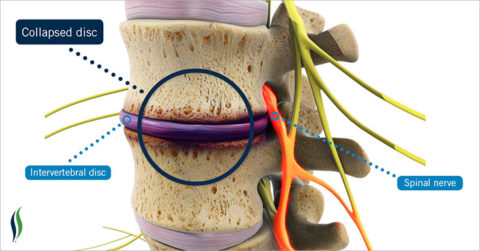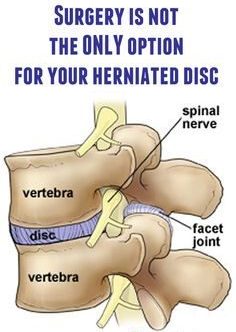This article contains affiliate links. If you make a purchase after clicking on a link I may earn a small commission at no extra cost to you.
What Causes Pressure On The Nerve?
Nerve entrapment occurs when there is direct pressure on a nerve. The pressure can either result in compression or tension being placed on a nerve. The condition may be asymptomatic or symptomatic.
There are several conditions that can result in nerve entrapment.
The most common cries include spinal-nerve root entrapment caused by a protruding disc, Ligament overgrowth, bony spur formation, narrowing of the spinal-nerve channel and tumours.
There is a myofascial theory suggesting that adhesions form between the nerves and surrounding tissue.
When the nerve attempts to glide past the adhesion a resultant tension is placed on the nerve and the nerve begins to stretch.
There may be different causes of nerve entrapment depending on which area of the body the affected nerve is located. For example, the ulnar nerve in the arm often becomes entrapped in the cubital tunnel (funny bone area) when a patient frequently leans on their elbow for prolonged periods.
The sciatic nerve often becomes entrapped in the pelvis where it emerges from beneath one muscle and crosses over another muscle in the buttock region. This is usually due to prolonged sitting. For the sake of simplicity we will only examine a select few forms of nerve entrapment that affect or mimic back pain.
Entrapment neuropathies are often under recognised and under diagnosed due to their varied and confusing clinical features. Nerves may be injured anywhere along their course throughout the body but they are more prone to compression, entrapment or stretching as they traverse anatomically vulnerable regions, such as near the surface of the skin or in geographically constrained spaces.
Early detection and diagnosis of nerve entrapment is essential as the degree and duration of the injury affect the extent of neural recovery and the time taken to heal.
Presentation
Nerve entrapment can result in either radiculopathy (numbness or weakness to the area innervated by the entrapped nerve) or radicular pain (shooting or lancinating pain that travels down the leg in a band-like pattern), or both.
The condition generally only affects the part of the body
that is supplied by the nerve that is compressed.
Causes Of Nerve Entrapment
There are many causes of nerve entrapment.
Some examples are tumour (lipoma, neurofibroma, metastasis), pathological conditions (ankylosing spondylitis, aortic aneurysm), disc lesion (herniation, protrusion), myo-fascial adhesion or compartment syndrome (carpal tunnel syndrome).
Certain pathological conditions render nerves more susceptible to entrapment. Diabetes, for example, reduces blood flow to the nerve, which consequently makes the nerve more sensitive to compression.
How Are Nerve Entrapments Diagnosed
Nerve entrapments can be diagnosed using nerve tension tests such as the slump test or straight leg raise (SLR) test. Electrodiagnostic tests include nerve conduction studies and electromyography.
Abnormal neurological findings may be associated with decreased muscle strength, impaired sensory system or diminished tendon jerk reflexes. X-rays may show tumour growths, stenosis or infection. CT scan and MRI are necessary to visualise soft-tissue causes of entrapment such as disc protrusion or soft-tissue tumour.
Treatment Of Nerve Entrapmnet
Nerve entrapments respond well to several forms of myofascial release such as active release techniques and various forms of instrument-assisted myofascial release.
These instruments are small, handheld scraping or friction tools. If the entrapment is due to inflammation, drugs such as NSAIDs or steroids that reduce inflammation may be helpful. Surgery may be necessary in some cases that are unresponsive to conservative care.
This may involve microdiscectomy for a protruding disc, laminectomy (removal of part of the vertebral lamina) to make space for neural tissue, foraminotomy (enlarging the nerve channel) for the exiting nerve root in the case of foraminal stenosis, or removal of a tumor that was compressing the nerve.











No comments yet.